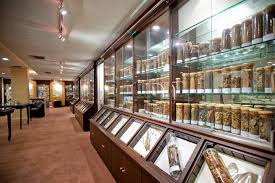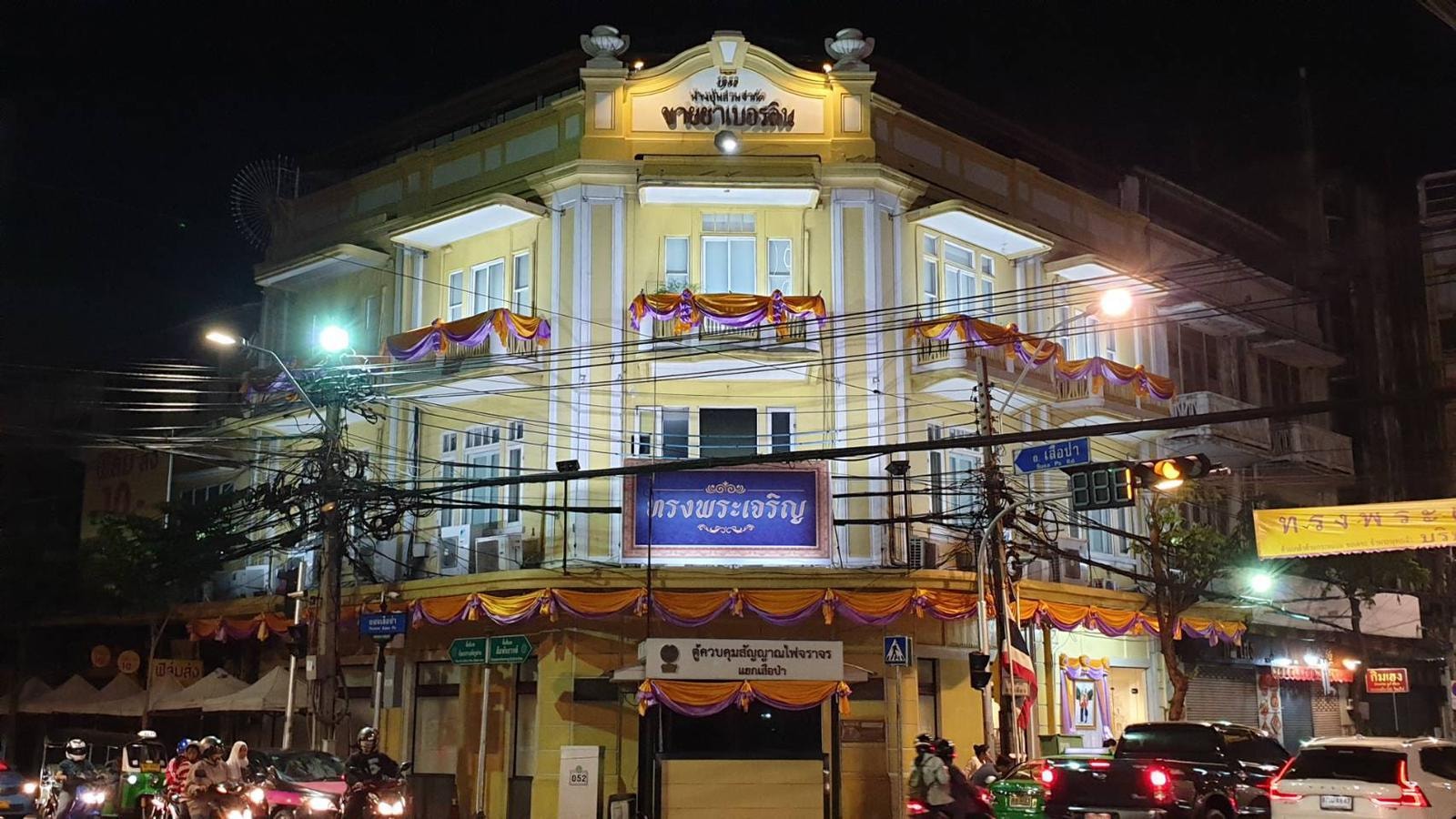Chulalongkorn University Museum of Natural Medicine
The Chulalongkorn University Museum of Natural Medicine, housed on the third floor of the Osothsala Building within the Faculty of Pharmaceutical Sciences, serves as a remarkable repository documenting the evolution of pharmacy and traditional medicine from ancient times to the present. Opened on Ma...
About the Museum
Established
2001
Affiliated Institution
Chulalongkorn University Faculty of Pharmaceutical Sciences
Collection Size
Extensive collection of medicinal specimens and instruments
Exhibit Focus
Visiting Information
Opening Hours
Monday-Friday 9:00 a.m.-4:00 p.m. Closed on public holidays
Admission Fee
Free
Accessibility
Located on 3rd floor of Osothsala Building
Quick Facts
Photos

Google Photos
Reviews
Reviews not available via API
While this location may have reviews on Google Maps, they're not accessible through our current API integration.
View reviews on Google MapsVisiting Information
Opening Hours
Monday-Friday 9:00 a.m.-4:00 p.m. Closed on public holidays
Admission Fee
Free
Accessibility
Located on 3rd floor of Osothsala Building
Quick Facts
Contact Information
Follow Us
Location
Loading map...
Getting There & Nearby
Transportation
BTS Skytrain to Siam Station or National Stadium Station, with university shuttle buses available from both stations. MRT to Sam Yan Station (12-minute walk to campus).
Nearby Attractions
- •MBK Center (Mahboonkrong)
- •Siam Square
- •Siam Paragon
- •Central World Plaza
- •Bangkok Art & Culture Centre
Browse Museums by City
Other Museums in Bangkok

Berlin Pharmaceutical Museum
The Berlin Pharmaceutical Museum, situated on Charoen Krung Road in Bangkok's historic Chinatown, chronicles the fascinating evolution of Western medicine in Thailand from the 17th-century Ayutthaya period to modern times. Housed in a century-old European-style yellow building that once served as the pioneering Berlin Dispensary, the museum commemorates Dr. Chai Chainuvati, a Chinese immigrant who graduated from Tongji German Medical School in Shanghai and established one of Thailand's first private Western medicine clinics in 1932. The museum features three compelling sections: a chronological exhibition of Dr. Chai's life journey and the history of Chinese immigration, meticulously recreated facilities including an authentic examination room with original journal entries and a traditional pharmacy, and displays showcasing the transformation from a small neighborhood clinic to the internationally recognized Berlin Pharmaceutical Industry. Key artifacts include original medical equipment, documents, and pharmaceutical tools used by Dr. Chai, alongside family photographs and historical memorabilia that bring to life the early days of Western medical practice in Thailand. The museum not only honors Dr. Chai's legacy of providing free treatment to impoverished patients but also serves as a cultural bridge, illustrating the broader narrative of Chinese immigration and the development of Thailand's pharmaceutical industry. This intimate museum offers visitors, particularly older generations familiar with Berlin Dispensary's medications, a nostalgic journey through Bangkok's medical heritage while educating younger visitors about the foundations of modern healthcare in Thailand.
Museum of Thai Pharmacy
Museum established to publicize traditional Thai medicine from past to present for later generations to learn and treasure.

Siriraj Medical Museum
The Siriraj Medical Museum, aptly nicknamed the "Museum of Death," represents Thailand's premier medical educational institution, established within the grounds of Siriraj Hospital, the country's first public hospital founded by King Rama V in 1886 and home to Thailand's oldest medical school (established 1890). This comprehensive medical museum complex comprises seven distinct museums including the Ellis Pathological Museum (founded by American pathologist Dr. Aller G. Ellis in 1921), the Congdon Anatomical Museum, the Songkran Niyomsan Forensic Medicine Museum, the Parasitological Museum, the Sood Sangvichien Prehistoric Museum Laboratory, the Touch Museum in Honor of Queen Mother Sirikit, and the Siriraj Bimuksthan Museum, together housing over 60,000 specimens and artifacts that chronicle the evolution of medical and pharmaceutical sciences in Thailand from prehistoric times to the present. The museum's pharmaceutical and medical history components include the Ouay Ketusingh Museum of History of Thai Medicine, which showcases traditional Thai pharmaceutical practices, herbal medicine displays, historical apothecary equipment, and the evolution from traditional healing methods including village midwifery practices to modern medical science, alongside exhibits demonstrating the miraculous properties of Thai medicinal herbs and the instruments used in traditional Thai medicine shops. Notable figures associated with the institution include Professor Dr. Ouay Ketusingh, who established the history of Thai medicine collection in 1979 and headed the Departments of Physiology and Pharmacology, while the museum serves as both an active educational resource for medical students and a unique cultural attraction that preserves Thailand's medical heritage through authentic reconstructions of traditional pharmacies and comprehensive displays of pharmaceutical development. The museum's architectural setting within the historic Siriraj Hospital complex, particularly the renovated vintage building housing the Siriraj Bimuksthan Museum (formerly Bangkok Noi train station), provides visitors with an immersive experience that bridges Thailand's medical past with cutting-edge contemporary healthcare practices, making it an invaluable resource for understanding the intersection of traditional Thai medicine, modern pharmaceutical science, and the cultural context of healing practices in Southeast Asia.
Frequently Asked Questions
Find answers to common questions